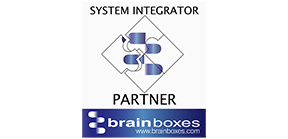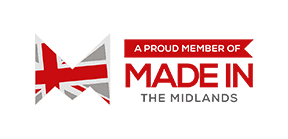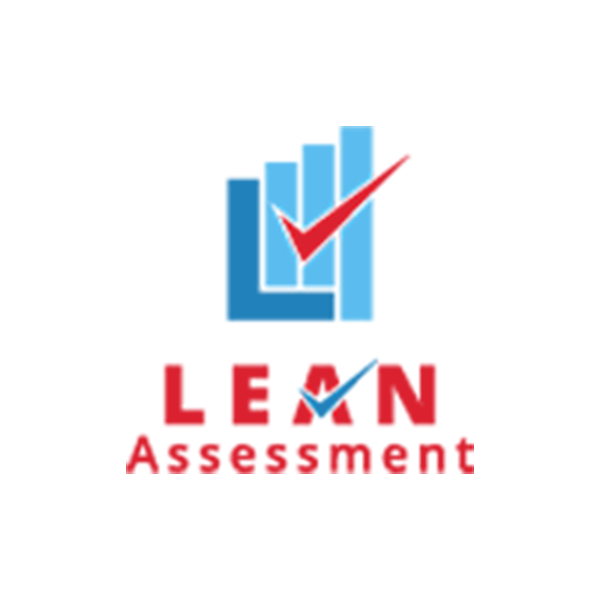Importance of an Influential Lean Culture
- By Brett Griffiths
- Lean Technology
- March 09 , 2021
- Share
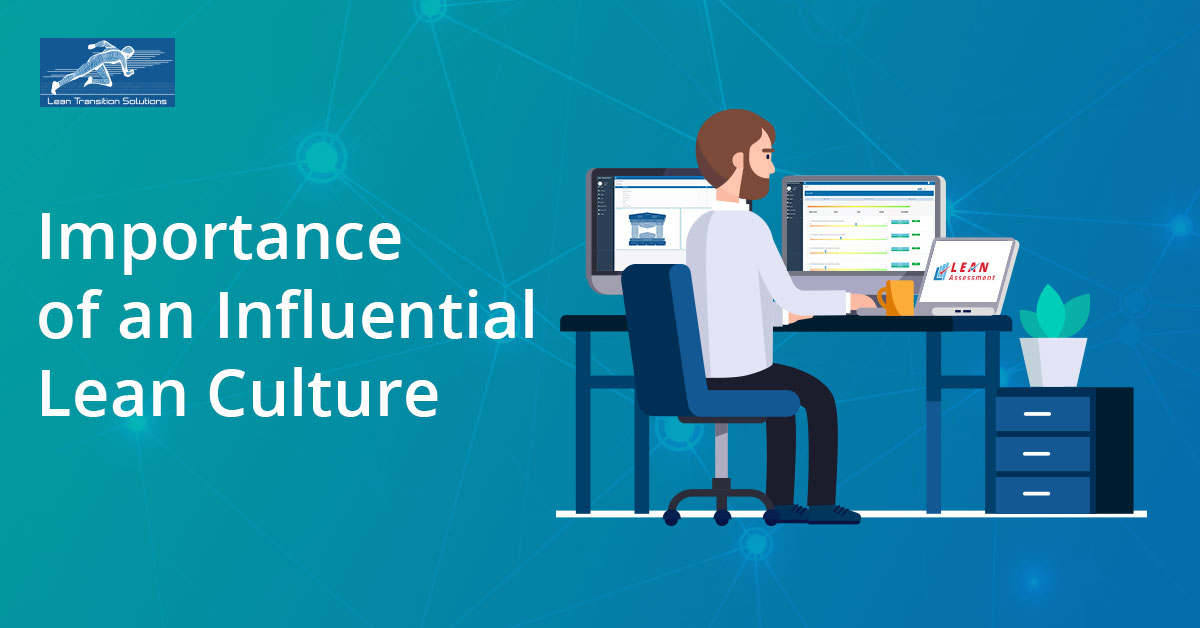
When we hear the term 'Lean', the name that comes first to our mind is the Toyota Production System. However, the history of Lean trace back to 1450s in Venice and later on to Henry Ford, who popularised the concept of lean in the manufacturing process. It was only after 1930s, Toyota inspired by Ford's flow of production, invented the Toyota Production System. Thus the credit for creating a well-defined framework for Lean belongs to Toyota. Manufacturers across the globe welcomed the idea of lean manufacturing, that is, to eliminate all form of waste, without compromising productivity. By 1990s, organisations started adopting Lean manufacturing mindset to improve their operations continuously. Lean implementation is not a one-time act; it is a continuous and never-ending process of improvement.
Five Principles of Lean Manufacturing
Dr. James P Womack is known as the father of the lean manufacturing movement. Womack, in his book "The Machine That Changed the World" (co-authored by Daniel Jones and Daniel Roos), defined the five principles of Lean manufacturing. These five principles are considered vital for improving workplace efficiency and productivity. They act as the foundation for continuous improvement and operational excellence. The five basic lean principles are:
- Define Value - The Lean approach begins with this step. Value is fundamental for any business. It is crucial to understand what value is. Value is what the customer is willing to pay. Identify and give importance to what the customer expects in the products/services. Create value from the customer's perspective. Search for things that the customer value and deliver what they expect.
- Map the Value Stream - In this step, the aim is to use the customer's value as a reference point and identify activities contributing to these values. Activities that do not add value to the end customer are considered as waste. Identify, clarify and map the overall business operations. Mapping value stream allows visualisation of the whole process. The process is the entire life-cycle, from raw materials to the desired end product.
- Create Flow - Once the value stream is mapped, create a workflow of the entire production process, without any interruptions. A well-detailed workflow will ensure everything works in harmony, as efficiently as possible and help eliminate waste. Strategies for ensuring the smooth flow include: breaking down steps, levelling out the workload, reconfiguring the production steps, creating cross-functional departments, and training employees to be multi-skilled and adaptive.
- Establish Pull - The Lean principle of pull ensures, everything is made at the right time and not ahead of time; nothing is made until the customer orders. It is based on the actual demand for a product instead of relying on forecasts. Therefore resources will be aligned perfectly with demand, and waste will be reduced dramatically. The 'pull' strategy saves money for both the manufacturer/provider and the customer.
- Pursue Perfection - Achieving perfection is a continuous process, and it results in increased productivity, customer satisfaction and overall efficiency. Waste is prevented using the first four steps. In the fifth step, Lean thinking and process improvement should be part of the corporate culture. Every employee should involve in implementing lean and gain benefits.
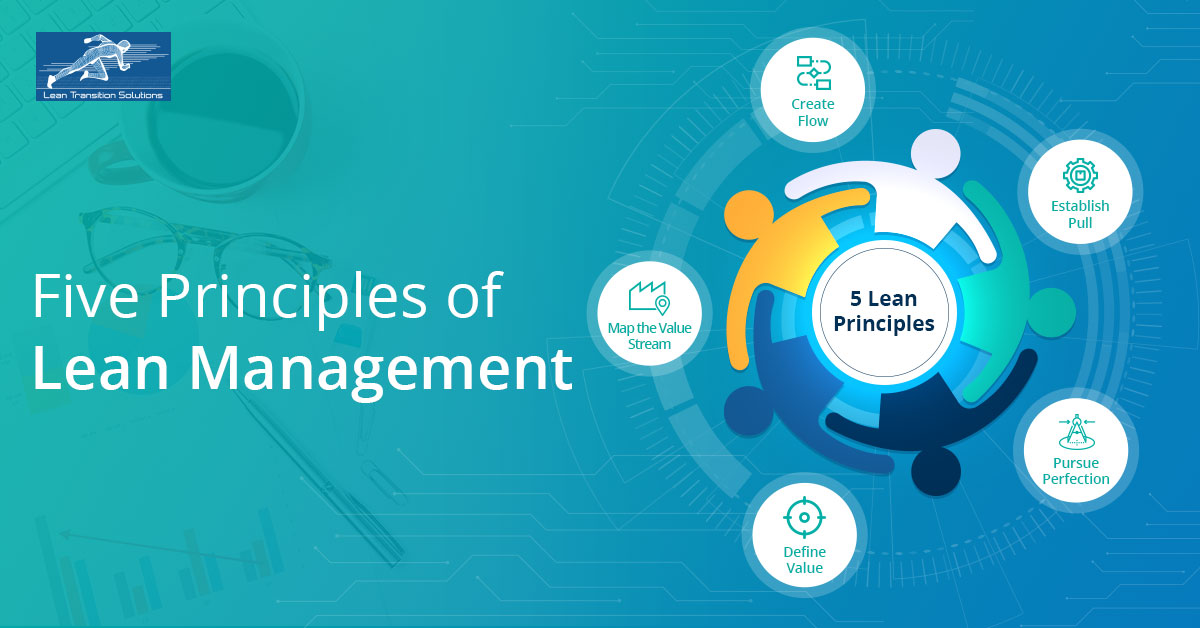
How lean culture influence organisations?
According to the Lean Enterprise Institute (LEI), the core idea of 'lean' is "To maximise customer value while minimising waste". Organisations can integrate lean thinking and continuous improvement to outperform their competitors. Embracing lean manufacturing is substantial as it yields several long-term benefits. With the right level of commitment, planning and implementation of lean principles, organisations will gain the following benefits of lean production.
- Define a company's purpose and decision-making to reflect the needs of all stakeholders.
- Highly engaged employee culture
- Better competitive life cycle analysis
- Improved Visual Management
- Increased efficiency
- Safer Work Environment
- Increased product quality
- Sustainability
- Employee satisfaction
- Increased profits
- Long-term growth
Adopting from an existing process to a new approach might seem complicated; a regular audit and assessment of Lean initiatives and methods, will drive the organisation to a faultless lean culture. For the successful implementation of lean culture, managers and employees should identify the waste within the company and be prepared to eliminate them. An influential lean culture is the result of long term planning and execution of various lean strategies. Lean culture is a journey in which the whole organisation gets acquainted with lean initiatives and transforms at a steady pace. Organisations who are looking for a long-term continuous improvement strategy can go for a lean culture.
Start Free Trial
LEAN TRANSITION SOLUTIONS
The Old Vicarage, Pershore Road, Upton Snodsbury, Worcester, Worcestershire, WR7 4NR, United Kingdom.
BLOG
Lean Transition Solution
-
Lean Industry 4.0 Solutions
- TITAN:Computerised Maintenance Management System
- Data Point:Computerised Balanced Scorecard
- Janus: Automated Shop-floor Data Capture System
- T-Card: Integrated Production Planning and Plant Level Execution System
- JDI: Maintenance Automation App
- Maximus: Integrated ERP System
- e-Contractor: Integrated In-house Contractor Management System
- Q-Point: Integrated Quality Management System
- Safety-Point: Integrated Health and Safety Management System
- Lean Assessment: Lean Audit and Assessment System
- Saisho: Lean 5S Audit and Assessment App
- Emergency Response App: To Manage Emergency Situations
-
Leadership 4.0 Solutions
- Your Career Academy(YCA): Learning and Development System
- YCA e-Learning : Management System
- MentorYou(MU): Mentoring App
- Leadership 4.0 : Leadership Transformation Program
- Lean Manufacturing Workshop
- Lean Manufacturing Consulting
- ILM Accredited Green Belt Training and Certification Program
- ILM Accredited Black Belt Training and Certification Program
- Software Development Service
- Resources
- Company
- Contact
